When Methods Meet Missteps: What Facebook v. IRS Tells Us About Valuing Intangibles
- Posted by admin
- On June 17, 2025
- 0 Comments
In May 2025, the U.S. Tax Court issued a pivotal ruling in Facebook, Inc. & Subsidiaries v. Commissioner of Internal Revenue, marking a significant moment in the evolving landscape of cross-border transfer pricing for intangibles. At its core, the dispute examined how intangibles should be valued when contributed under a Cost Sharing Arrangement (CSA)—a structure that is increasingly scrutinized by tax authorities worldwide.
While the Court validated the IRS’s authority to use the income method under the 2009 cost-sharing regulations, it simultaneously found fault with how that method was applied. The result was a ruling that reinforced regulatory power but insisted on methodological discipline—a dual message that carries considerable implications for global tax planning.
Setting the Stage: Facebook’s CSA with Its Irish Subsidiary
In 2010, Facebook U.S. entered into a CSA with its Irish subsidiary, Facebook Ireland Holdings Unlimited (FIH). The agreement allowed FIH to exploit Facebook’s existing intangibles—including platform technology, user data, and marketing intangibles—outside the U.S. and Canada. Facebook U.S. retained domestic rights.
In exchange for these rights, FIH was required to make a Platform Contribution Transaction (PCT) payment, compensating Facebook U.S. for its pre-existing intangible contributions. Facebook valued its PCT at $6.3 billion, using a Residual Profit Split Method (RPSM) and an unspecified hybrid approach. The IRS, however, invoked the income method and assessed the value at $19.945 billion, resulting in a tax deficiency of over $9 billion across multiple years.
The Court also analyzed Facebook Ireland’s lack of development contributions, finding that Facebook Ireland did not possess the functional or risk-bearing profile necessary to justify co-ownership of platform intangibles under the CSA.
The Legal Core: Method Valid, Execution Flawed
The crux of the case revolved around three interlinked questions:
- Was the IRS allowed to use the income method under the 2009 regulations?
- Did the income method, as applied, produce a reliable arm’s-length result?
- Was Facebook Ireland a true contributor to the platform development?
The Tax Court answered the first in the affirmative. The 2009 temporary cost-sharing regulations—Temp. Treas. Reg. § 1.482-7T—were upheld as a valid interpretation of IRC § 482. This validation reaffirmed the IRS’s ability to apply the income method in the context of PCTs.
However, on the second point, the Court took issue with the IRS’s application of the method. It ruled that the valuation inputs used by the IRS, particularly revenue projections, discount rates, and growth assumptions, were economically unreasonable and led to an overstatement of value. Although the method was appropriate, the execution was not.
On the third point, the Court sided with the IRS, determining that Facebook U.S. was the sole contributor of nonroutine intangibles. Facebook Ireland did not perform development activities nor assume the relevant risks. This distinction played a critical role in validating the IRS’s reallocation of returns.
The Court explicitly rejected Facebook’s argument that the income method was invalid because it failed to yield an arm’s-length result, affirming that method validity under the regulations is not negated by flawed application.
The Court also addressed the burden of proof, ruling that Facebook bore the burden for the original deficiency, while the IRS bore it for the increased assessment raised in its amended answer.
Key Learnings for Multinational Enterprises
- Regulations Allow Flexibility—but Not at the Expense of Economic Accuracy
The case confirms that tax authorities can use the income method for intangible valuations under a CSA. However, that flexibility comes with the responsibility to ensure projections, discount rates, and assumptions reflect commercial reality. - Form Follows Function
Despite formal agreements, the Court relied on functional analysis (FAR) to determine that Facebook Ireland was not a co-developer of platform intangibles. Ownership and entitlement to returns must align with actual activities and risk-bearing.
The Court clarified that platform contributions (PCT-related) are payments for pre-existing intangibles contributed to the CSA, while operating contributions, cost contributions, and operating cost contributions (CST-related) are internal to the ongoing cost-sharing arrangement—a useful distinction for structuring future CSAs.
- Safe Harbors Have Boundaries
Facebook sought protection under the Temp. Treas. Reg. § 1.482-7T(i)(6), claiming the IRS was barred from making adjustments. The Court rejected this interpretation, affirming that safe harbor provisions do not override substantive transfer pricing principles and that the IRS could make adjustments to ensure an arm’s-length result even for PCT payments. - Comparables Still Matter, Even When Absent
Both parties agreed that Comparable Uncontrolled Transactions (CUTs), market cap approaches, and acquisition price methods were inapplicable due to lack of comparables. The case illustrates that where comparables fail, the burden on input justification becomes even more critical.
Facebook attempted to use a reseller model as its “best realistic alternative” for valuation purposes, which the Court rejected in favour of a cost-plus sales function approach proposed by the IRS.
- Adjustments Must Be Justified with Rigor
The IRS’s adjustment to Facebook Ireland’s Reasonably Anticipated Benefits (RAB) share, from 44% to 53.5%, was accepted, but only after the Court recalibrated the input assumptions. This underscores the importance of consistent, documented benefit estimates in CSA structures.
Strategic Implications for Tax Professionals
For tax advisors managing global IP structures and intercompany agreements, this case offers several strategic takeaways:
- Substance-First Structuring
Documenting intercompany agreements is essential, but insufficient if the underlying substance doesn’t support the intended allocation of profits. Risk assumption, personnel functions, and development ownership must be demonstrable. - Elevate Forecasting Discipline
Financial projections used in transfer pricing valuations must be anchored in reasonable market expectations. Overly optimistic or unsubstantiated forecasts increase audit risk, particularly in industries characterized by rapid change or those with early-stage assets.
The Court provided specific guidance on input reliability, criticizing Facebook’s revenue assumptions and concluding that income method validity hinges on defensible financial modelling.
- Reinforce Internal Governance for CSAs
Periodic review of cost-sharing arrangements, including valuations, benefit projections, and contributions, is recommended to ensure ongoing compliance with regulatory expectations and consistency with operational realities. - Be Prepared for Multi-Year Scrutiny
The Facebook case underscores the importance of robust valuation models. With IRS audits often occurring years after the transaction date, contemporaneous documentation must withstand retrospective analysis and judicial review. - Anticipate a More Assertive Enforcement Environment
With the outcome strengthening the IRS’s regulatory footing, similar scrutiny is likely to extend to other large-scale tech firms and multinational structures involving high-value intangibles. This may coincide with the implementation pressures of OECD Pillar One and Two globally.
Alignment with OECD’s 2022 Guidance on Hard-to-Value Intangibles (HTVI)
The Facebook ruling reflects broader international trends in the valuation of hard-to-value intangibles (HTVIs), especially in light of the OECD’s 2022 update to its HTVI guidance. The guidance affirms that where reliable ex-ante projections are unavailable or flawed, tax administrations may use ex-post outcomes (actual results) to evaluate the reasonableness of the pricing of intangibles, mirroring the Court’s critique of Facebook’s unrealistic revenue and growth assumptions.
A key addition in the 2022 update is a materiality threshold, intended to limit arbitrary adjustments. Specifically, if actual revenues deviate from projected revenues by less than 20% annually (on average, over a five-year period), tax authorities are generally discouraged from making retrospective adjustments based on ex-post outcomes. This provides a safe margin for forecasting variance, recognizing that some level of deviation is inherent in early-stage or IP-heavy businesses.
While the U.S. rules don’t formally adopt this 20% tolerance, the Facebook case reflects a similar principle: that method validity alone does not shield a taxpayer from scrutiny if input assumptions lack economic grounding. Both frameworks emphasize the same core message: valuation positions must be supported by defensible assumptions, transparent methodologies, and outcome-aligned documentation.
Conclusion: Precision Matters More Than Position
Facebook v. IRS (2025) will likely serve as a reference point for years to come, not because it introduced a new method or novel rule, but because it clarified the importance of executing existing methods with rigor and precision. For multinational businesses, the case serves as a reminder that valuation debates are not only about selecting the right model, but also about defending the numbers behind it.
Notably, the Court also dismissed constitutional challenges to the 2009 cost-sharing regulations (including the significant questions and nondelegation doctrines), thereby strengthening the legal authority of the IRS’s transfer pricing framework and affirming its durability in future disputes.











0 Comments